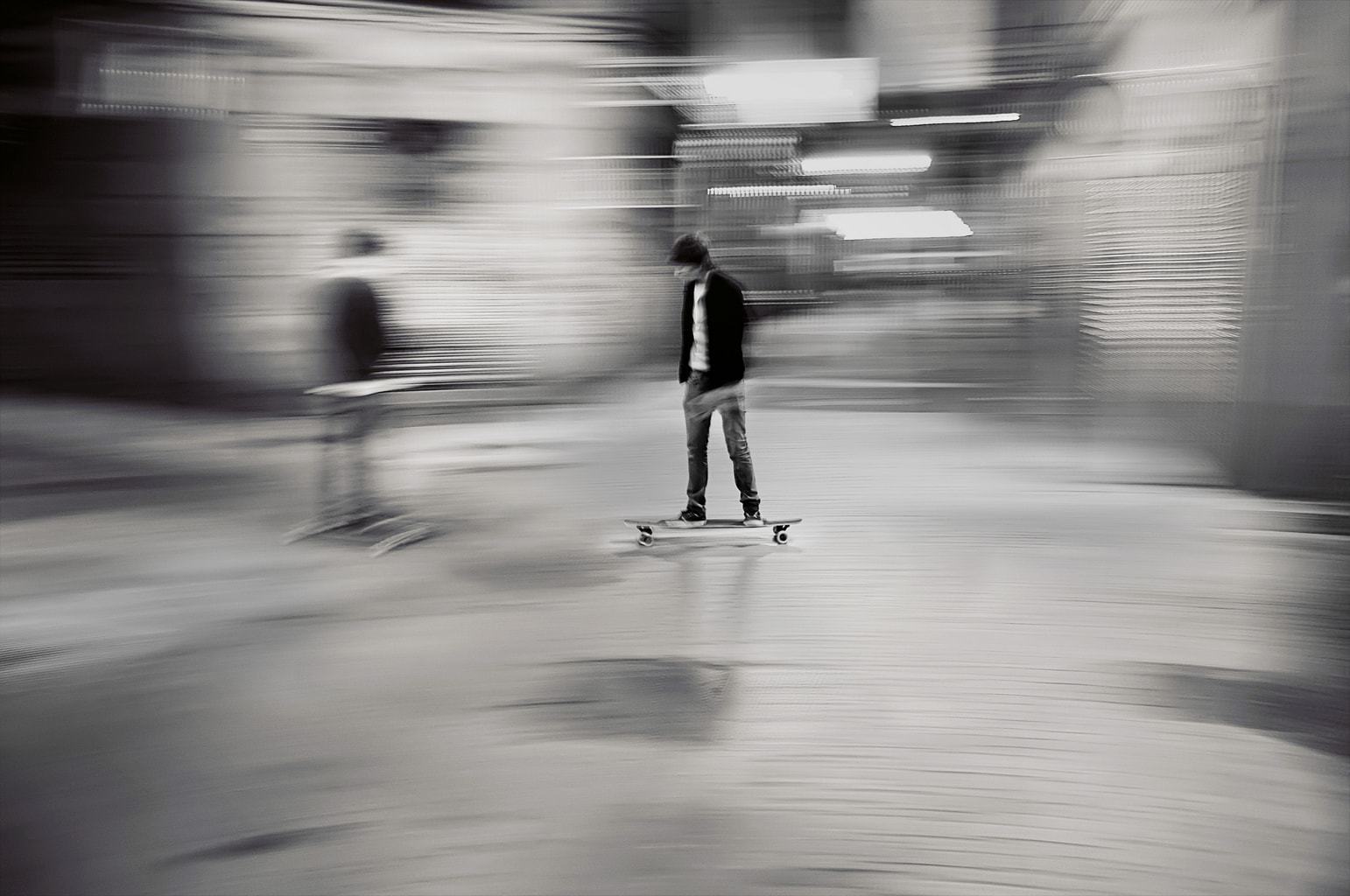You may be wondering: what is that? No, it's not about looking for the broom and sweeping while you do the dance of San Vito. Although it's called sweeping, no, it's not with the broom. And, once this is clarified, you will ask again: what is it then? Well, it is to follow a moving object or subject with your camera to get a photo in which the background is moved while the moving object or person appears clear. You almost certainly understand, but since a picture is worth a thousand words, here's an example:
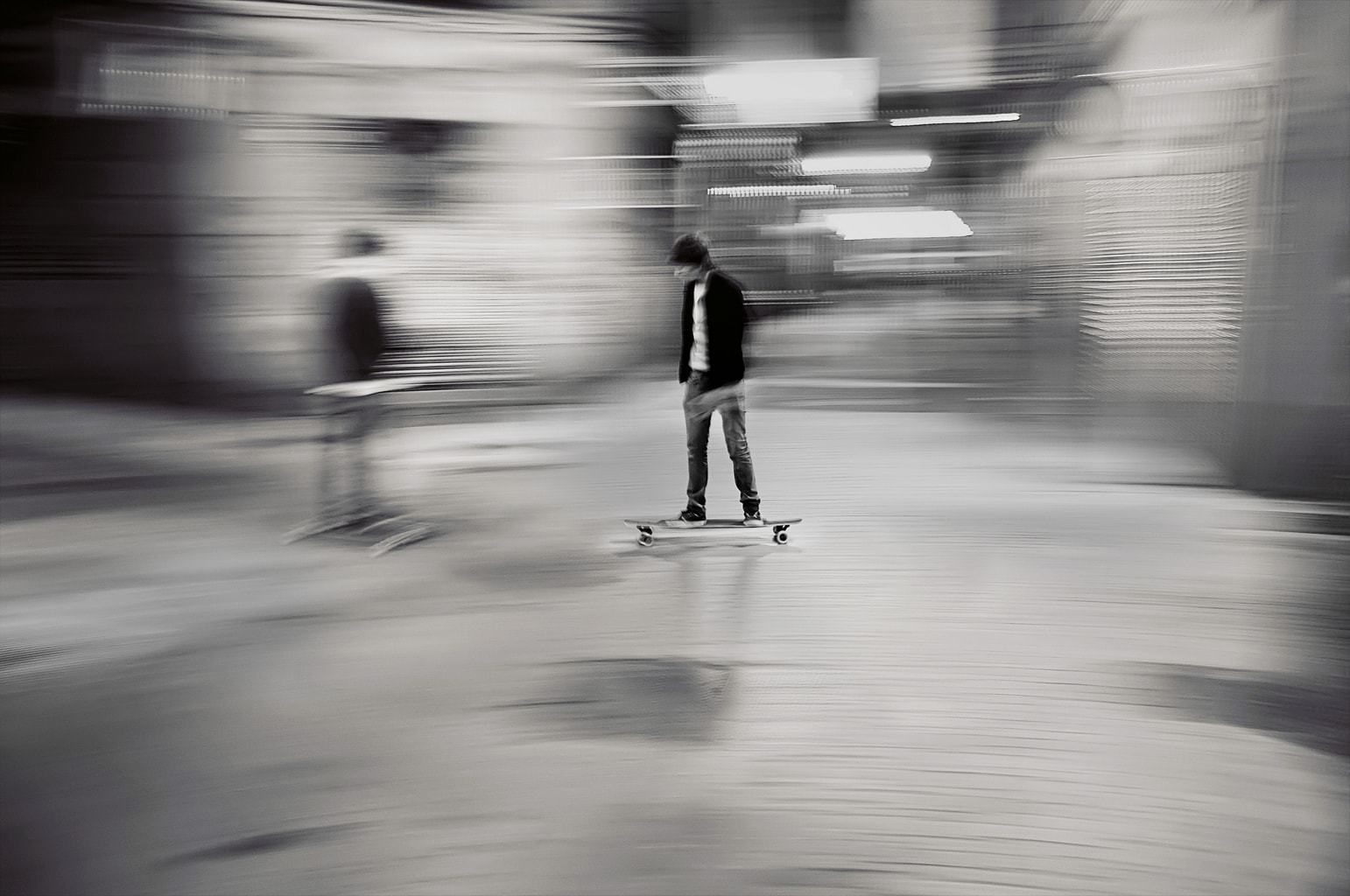
What's cool? Why now do you want to achieve an image similar to this? Well, you are in the right place. Today's article tries to explain how to achieve it. Of course, I warn you, it is not an easy task, it requires a lot of practice (and patience). And I'm not telling you this to discourage you, quite the contrary, I'm telling you so that you can launch yourself knowing that it's a challenge, because we like challenges, they motivate us, they help us learn and grow, right? Well, having said that, take a pencil and paper (or what is the same, pay attention ? ) and we are going to proceed with the explanation in the simplest way possible. My challenge is to ensure that when you finish reading this you go out into the street to do a sweep or chase your pet around the house, because you have to know that you don't need a formula one car to do a sweep! ?
WHAT CAN YOU DO A SWEEP?
To any element that moves. From a motorcycle to a cat, going through a swing or a tennis ball, well, a snail moves and it's not going to help you much, hehe. Neither does a turtle, so I better specify and tell you that you can do it with something that moves more or less quickly.
You have to keep in mind that the fewer moving elements you have, the sharper you will get. It does not mean that it is more or less correct, that will depend on the result you want to obtain. If you include, for example, people, by using slow speeds, you will also capture their movement, which does not mean that the image is worthless. I give you two examples so that you can see the difference and verify that both situations can offer interesting results. As advice I will tell you to try to run away from cars because it is the most used resource, and you want to take different photos, right? Of course, they can be used to practice, for that they are very helpful ? .

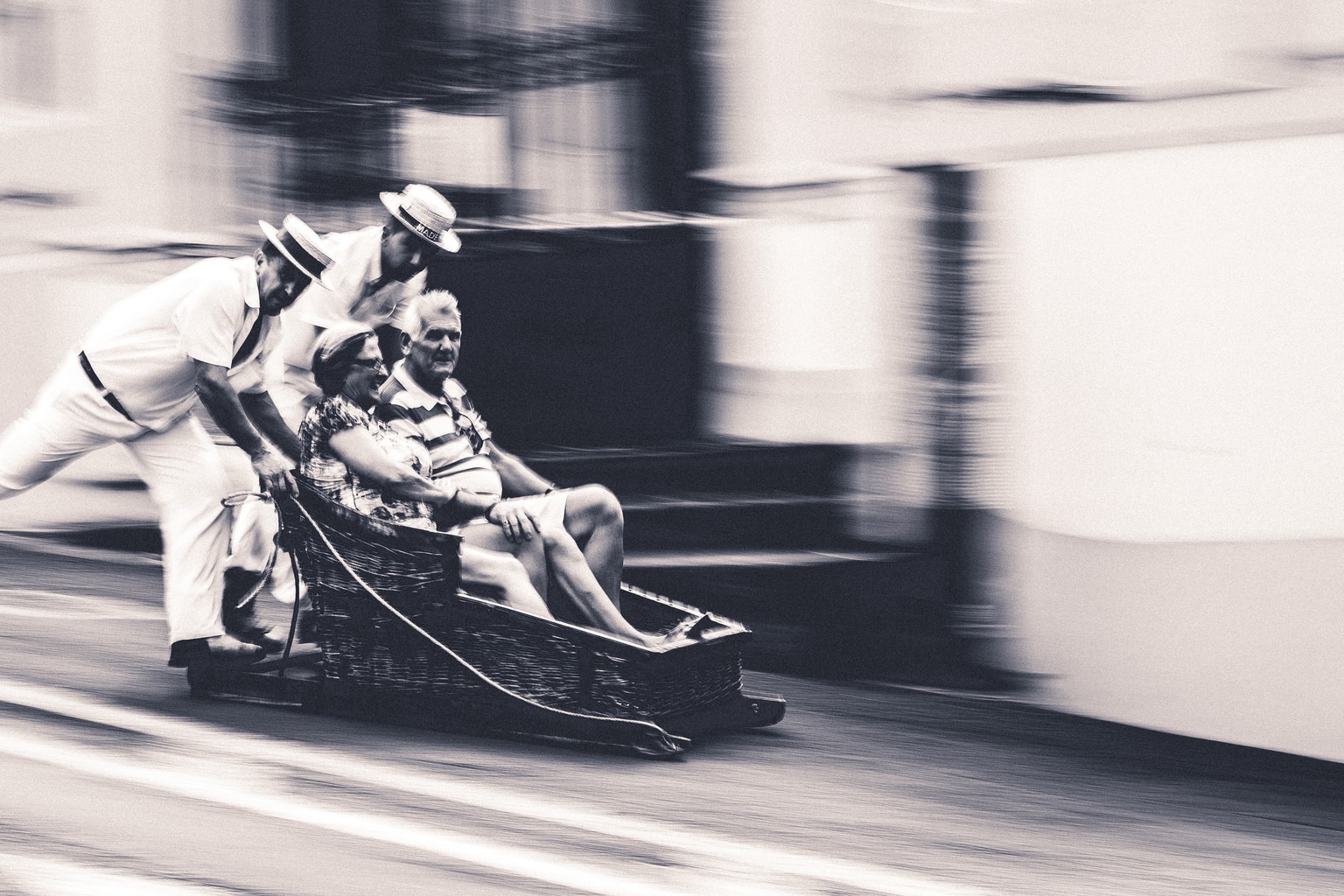
You should also take into account that the movement must be as straight and homogeneous as possible. A kitten jumping or a bike doing "seses" can give you more than one headache!
BOTTOM
The type of background you should look for will also depend on the effect you want to achieve, the smoother the background, the less trails you will achieve in the sweep, and the more elements, the more trails. You are the artist, I show you the options, you choose the colors from the palette ? . As before, it is best seen with an example. Yes, once again I use a car, but on the web it is what predominates the most! That's why I encouraged you before to add a touch of originality ?
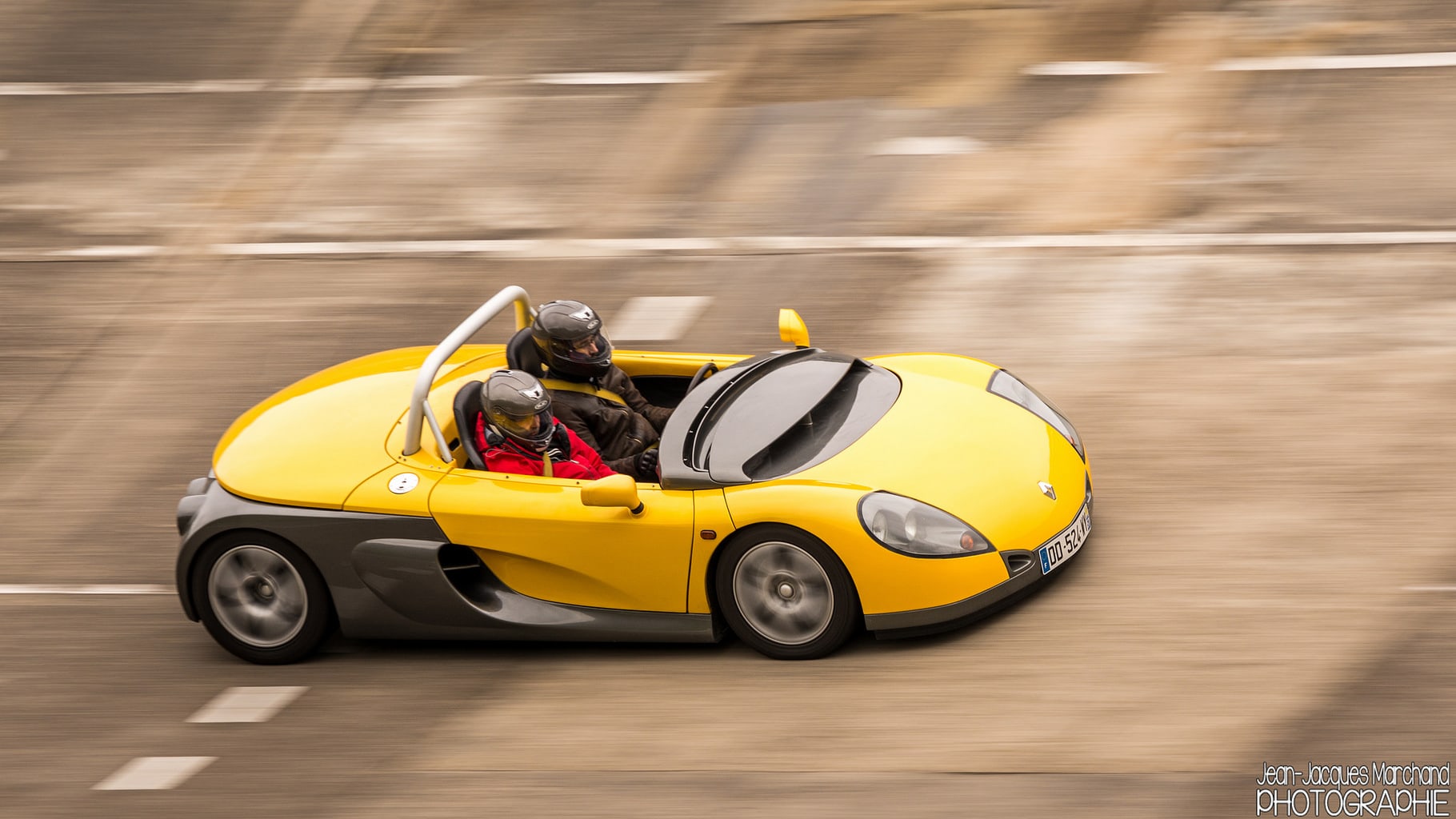
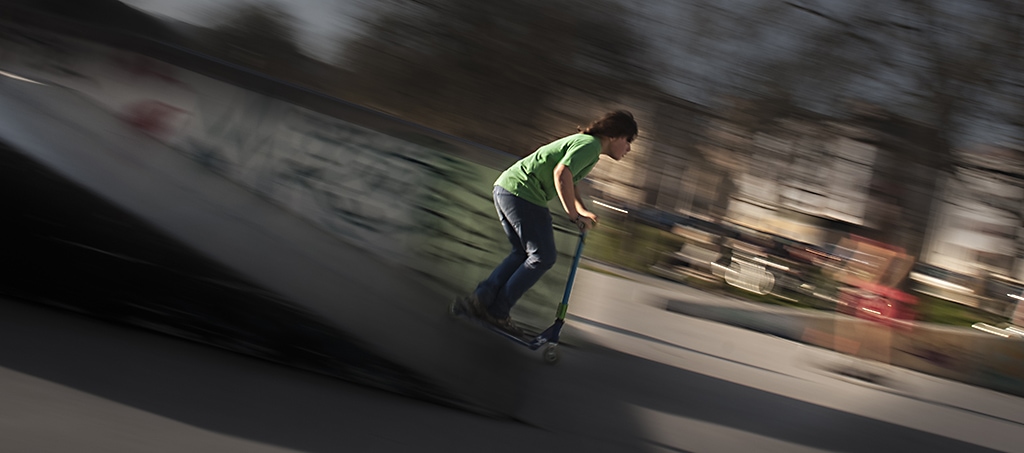
WHERE TO PLACE YOURSELF?
Where you don't get run over ? . Jokes aside, you'll have to position yourself in a place where you can follow the movement of the element in parallel. Imagine a trail of bread crumbs on the floor, think about the movement you make with the broom, well, something similar happens here, the crumbs would be the path that your object or subject travels and the broom would be you with your camera ( but without touching, hehe). So that you understand it better I have made a small diagram for you. I hope the image helps you clarify my words.
This is very important, because if you don't follow the object with your camera to the sound of its movement, we wouldn't be talking about scanning, no matter how much you get a photo with the background out of focus.
MATERIAL
You will need a camera that allows you to make manual adjustments. With a compact it will be much more complicated, the only way would be to make the shutter open longer, compensating the exposure or shooting in a dark place. In this way the camera automatically understands that it must expose more time to capture more light.
The ideal thing to do a sweep is with a telephoto lens, which does not mean that you cannot do it with another type of lens, but that it will make things easier for you.
A tripod will help you, it is not essential but it can help you when following your mobile element and it will give you stability. You will have to block the vertical movement and leave the horizontal one free (unless you are playing Newton and intend to photograph the Law of Gravity, in which case you will have to do it the other way around ? ).
SHUTTER SPEED
It is not going to occur to you to carry out this photographic technique automatically because you will hardly get a result that is worthwhile. Use manual mode or speed priority mode. Set an average speed between 1/20 and 1/60. With very fast speeds you would only be able to freeze the whole scene and if you use very slow speeds, you will achieve the opposite, everything will move. Anyway this is very arbitrary. It will depend on your camera, where you stand, the light there is... These are some parameters to start practicing and, from there, readjust depending on the conditions you have and the result you expect. Keep in mind that the faster it moves, the faster speeds you can use, and the slower it goes, the slower the shutter speed on your camera needs to be. And also think that the longer the exposure time, the more difficult it will be to get your protagonist to be clear. But you know, it's all a matter of practice!
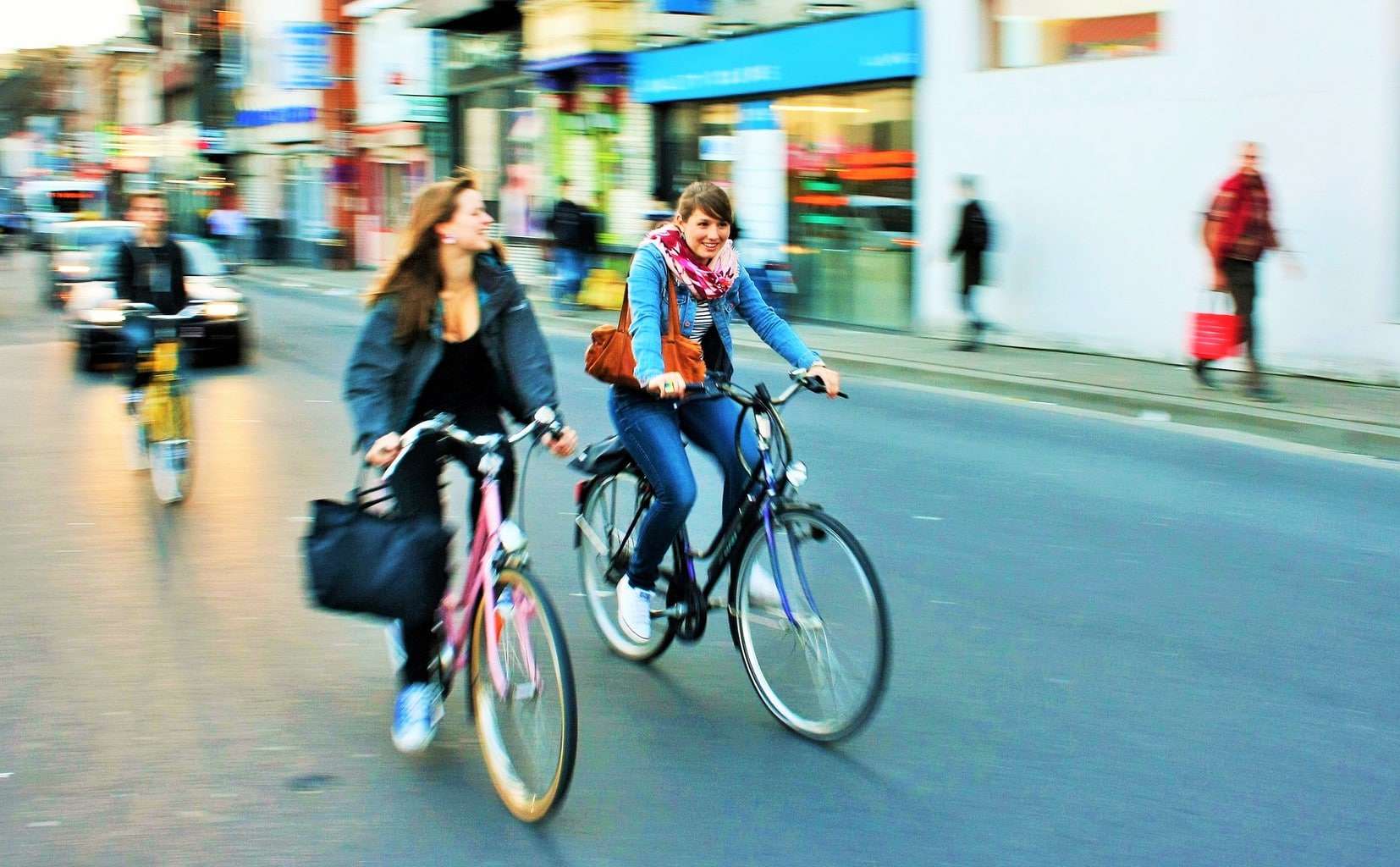
LIGHTNING
You are going to work with slow speeds, which means that the diaphragm will be open longer and will capture more light. This means that if it is a very sunny day, it is most likely that your image will be overexposed, that is, burned or with too much light. You can fix this in two ways, the first by using a large depth of field ("f" number of your camera). The background will be less out of focus, but in a sweep it is not something serious. The other option is that if you can choose when, take advantage of a cloudy day or avoid the central hours of the day, where the sun hits more strongly. You can also do them at night, here is a good example of it:
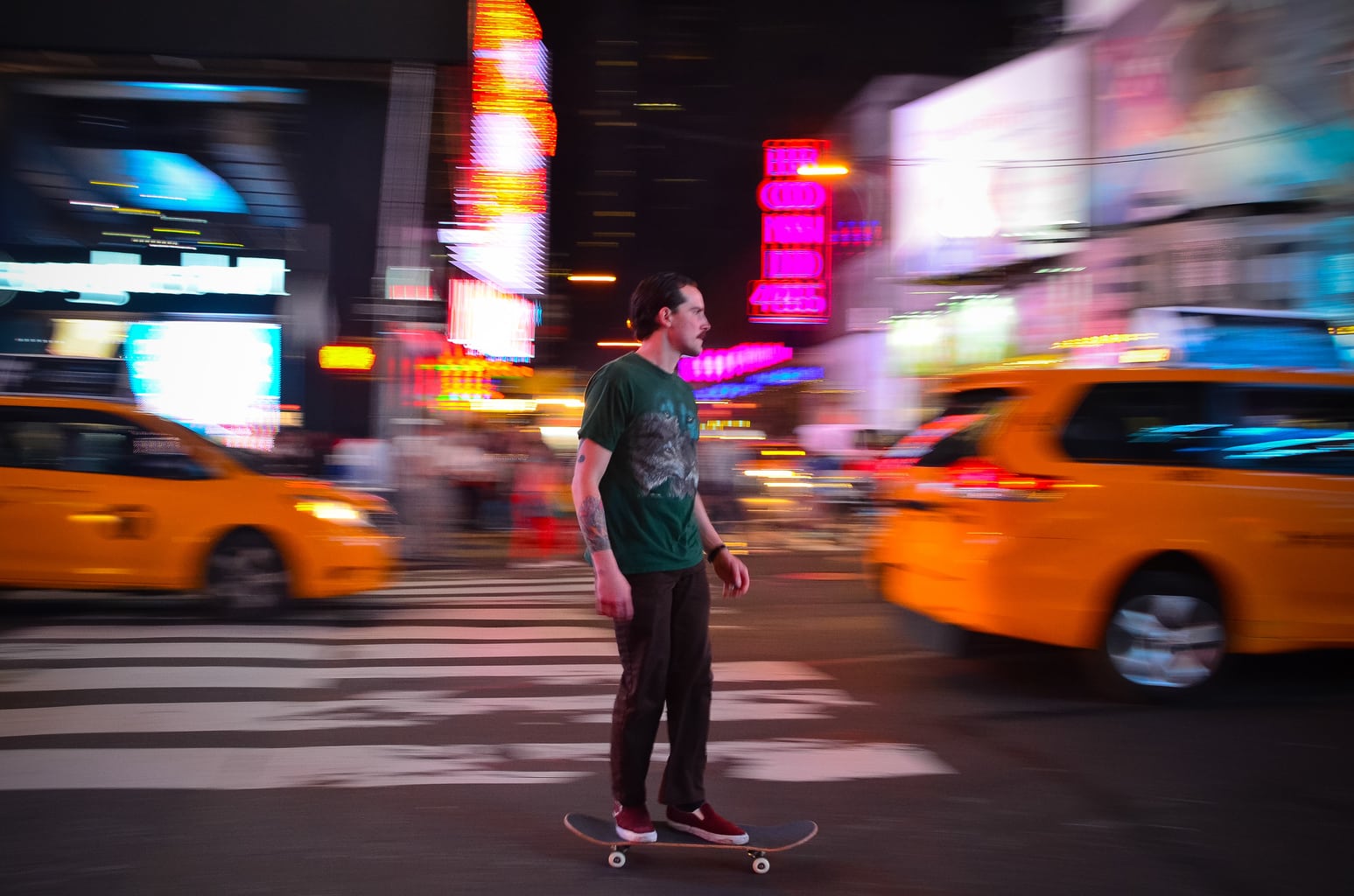
AND NOW THAT?
You are thinking that I have told you a lot of things and I still have not told you how to really take the photo, right? Well, you're right, you already know the preview, when, where and the settings, now you should know that when you have identified your mobile element, you have to focus it, shoot and follow the trajectory of the movement with your camera, you should not stop until you have the Make sure your camera's diaphragm is closed, which is when you hear the second click ? .
EXTRA TIPS
I know that concentrating your attention on sweeping and doing it well or the best possible is enough, but if you also manage to make a good composition , your image will win a lot. You don't need to place your object in the center of the image, as it will most likely lose interest. Remember, for example, the laws of three thirds and the gaze. You can review them here.

Analyze the Exif data at home , this is an ugly word, I know, but it is nothing more than the parameters with which the photo was shot, so you can have an orientation for the next time you go out looking for scans. Observe both the data of those who have given you poor results and those who have helped you achieve your desired image, so you know where to start next time.
Try both speed priority mode and manual . You will learn faster and achieve better results by testing and seeing how you work best.
To do the sweep it is important that you adopt a comfortable position that allows you to move freely in the same direction as the object or subject and with the same speed.
Do not forget about creativity , we have already mentioned that there are many similar sweeps, in fact the galleries are flooded with sweeps of cars, try to be original and look for less seen motifs, around you there are a lot of things that move, look for backgrounds interesting, change perspective...
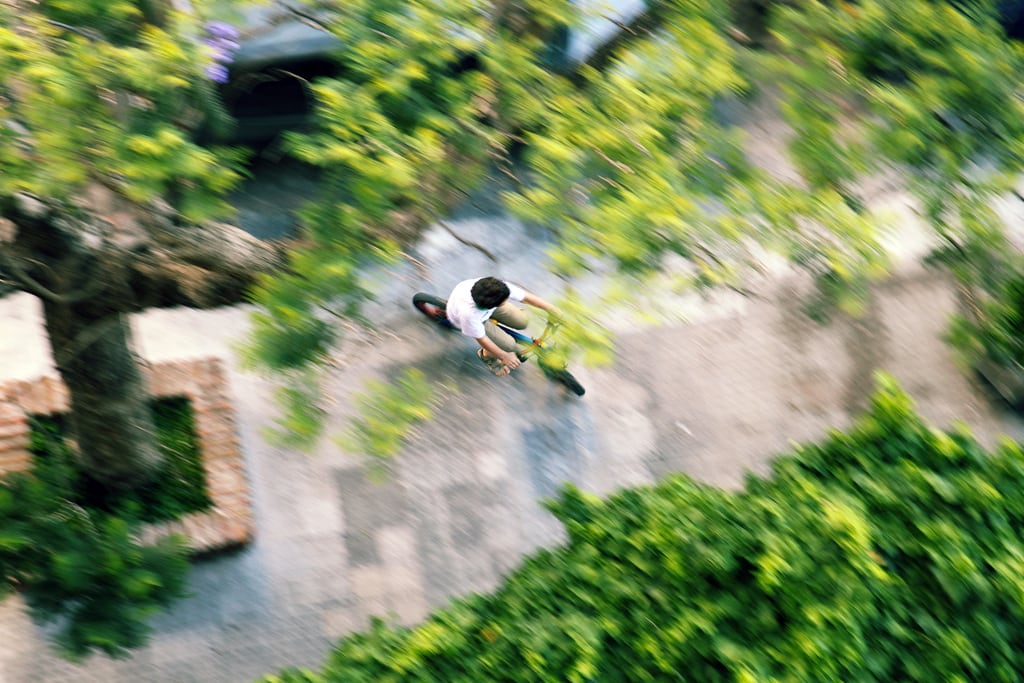
You can also transmit sensations , see in the following image how the sensation of speed is enhanced with a small inclination of the camera. It seems that the man is going downhill, which gives us the impression that he is going even faster, don't you think?

And the last and most important piece of advice, in my opinion, is not to throw in the towel the first time, or the second time... You will have to shoot many, many times, each time you will get better and with practice you will learn to find the best ones. motifs, the best backgrounds, knowing what image you can get and adjusting the parameters without having to shoot thirty times ? . Photography, like other disciplines, is like that, you must practice a lot to master it, sometimes it's not an easy task, but when you get it it's sooooo gratifying, you feel sooooo good that all the effort will have been worth it.

